New energy vehicle annual inspection becomes a hot topic on Weibo, inspections become stricter, and old electric cars are struggling
![]() 09/30 2024
09/30 2024
![]() 421
421
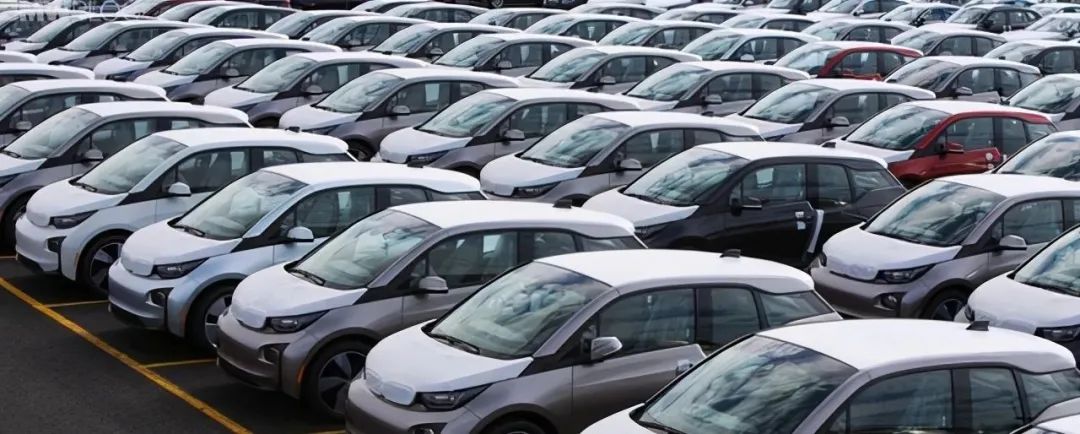
Will be officially implemented in March next year
Author | Wang Lei, Liu Yajie
Editor | Qin Zhangyong
New energy vehicle annual inspections are becoming stricter.
Recently, the national standard "Inspection Procedures for Operation Safety Performance of New Energy Vehicles" was issued and will be officially implemented on March 1, 2025. This standard is the first safety inspection standard specifically for new energy vehicles in China.
Moreover, the new regulations pay particular attention to battery safety. According to the procedures, the safety performance inspection of new energy vehicles includes power battery safety (charging) inspection and electrical safety inspection as mandatory inspection items, and also inspects the safety characteristics of drive motors, electronic control systems, and electrical safety.
In addition, this standard applies not only to pure electric vehicles but also to plug-in hybrid electric vehicles (including extended-range vehicles).
The background to this is that China's new energy vehicle penetration rate has continued to rise, and has exceeded 50% for two consecutive months. Faced with such a vibrant new energy vehicle market, its regulatory system has finally received an epic enhancement.
01 New regulations will be implemented next year
Like gasoline-powered vehicles, new energy vehicles were previously exempt from inspection for the first six years, and then inspected every two years from the 6th to the 10th year, and annually from the 10th to the 15th year.
According to the current vehicle inspection standard "Motor Vehicle Safety Technical Inspection Items and Methods," the main inspection content for passenger vehicles, including new energy vehicles, focuses on vehicle appearance, safety devices, chassis, and brakes.
The results of such inspections are still quite informative for judging the safety of gasoline-powered vehicles. However, they are somewhat cursory when it comes to screening the core three-electric system of new energy vehicles.
Therefore, the new "Procedures" specifically made some adjustments in this regard, such as making the safety charging inspection and electrical safety inspection of power batteries in new energy vehicles mandatory inspection items.
For other types of passenger vehicles, trucks (excluding three-wheeled vehicles), and special operation vehicles, the temperature and voltage of the power battery during charging and discharging will also be inspected.
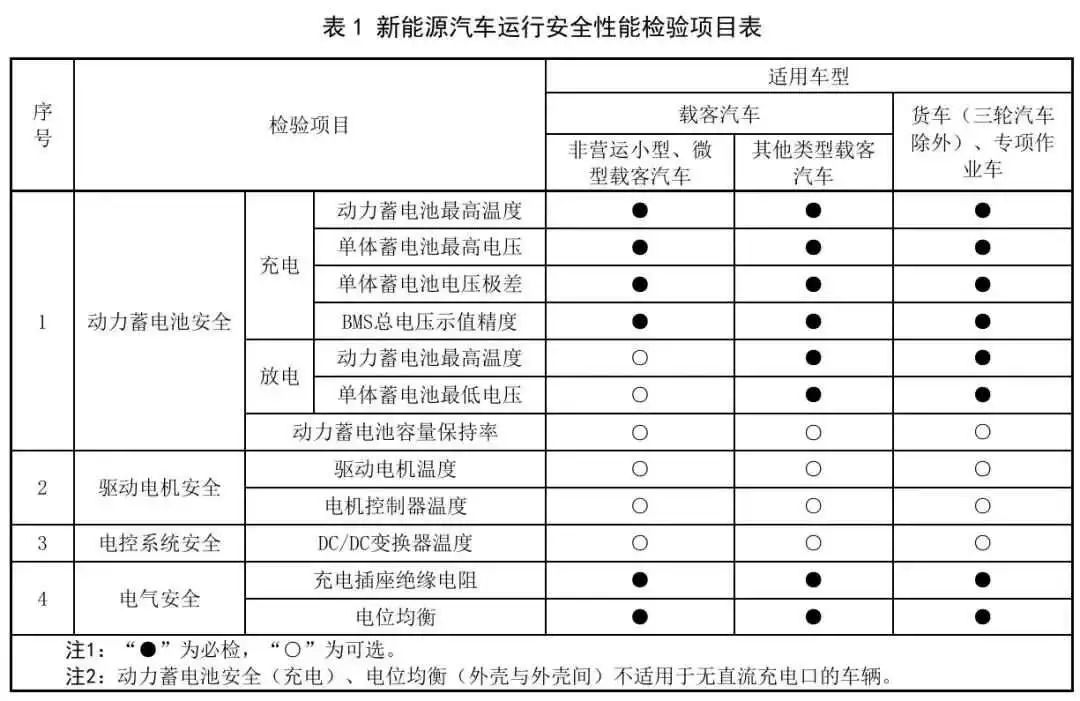
The new "Procedures" clearly require that the maximum charging and discharging temperatures for lithium iron phosphate batteries and ternary lithium batteries do not exceed 65°C and 60°C, respectively. Additionally, in optional inspection items, the temperature of the drive motor of new energy vehicles should not exceed 175°C, and the temperature of the motor controller and DC/DC converter should not exceed 95°C.
Furthermore, the new "Procedures" cover multiple inspection items such as insulation resistance, potential equalization, DC charging battery consistency, electric field intensity, and magnetic induction intensity.
Overall, these inspection items are relatively complex and more cumbersome to implement than for gasoline-powered vehicles.
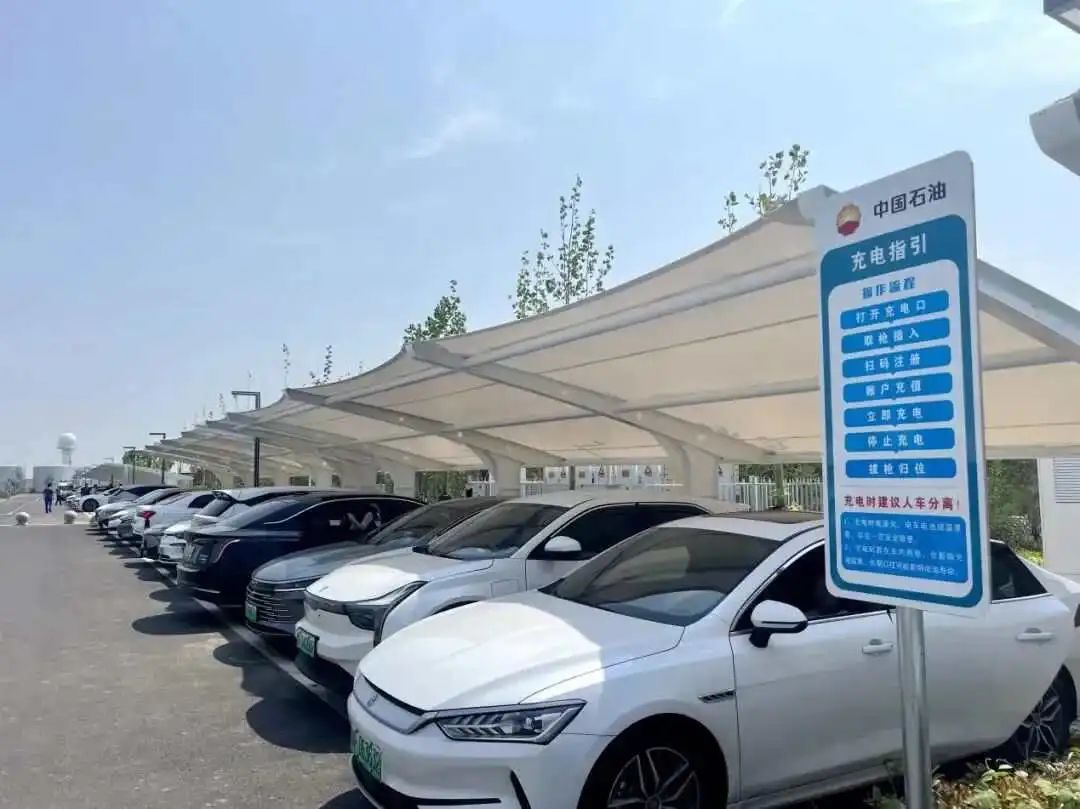
In fact, this document has been under study for two years. In July 2022, the State Council Work Safety Commission Office issued the "National Road Traffic Safety Plan for the 14th Five-Year Plan," clarifying the development of a series of equipment suitable for the safety inspection of new energy vehicle operation, formulating technical standards for the safety inspection of new energy vehicle operation, and realizing the demonstration application of the safety inspection and supervision system for new energy vehicle operation.
Now, in 2024, as of June this year, China's new energy vehicle fleet has reached 24.72 million, accounting for 7.18% of the total vehicle fleet. Among them, pure electric vehicles account for 73.35%, with a number of 18.134 million.
With the introduction of the new "Procedures," there are clearly many benefits for the development of the new energy vehicle industry. Firstly, the most direct effect may be the emergence of a batch of scrapped vehicles.
More importantly, the new regulations can effectively reduce the risk of "thermal runaway" in vehicle batteries.
If the vehicle's battery management system (BMS) is not accurate enough and causes "overcharging" during charging, it may trigger "thermal runaway" in the vehicle's battery, leading to spontaneous combustion of the vehicle.

Source: Internet
The new regulations clearly stipulate that the maximum charging temperature limit for batteries not only conforms to the reasonable range of operating temperatures for power batteries but is also far below the critical temperature for battery system "thermal runaway."
Taking a longer-term perspective, consumers will pay more attention to battery brands and automakers' investments in battery research and development when purchasing new energy vehicles.
Moreover, assessing the safety of a vehicle's three-electric system also has a certain impact on insurance premium pricing.
Through these detailed inspection items, insurance companies can more accurately identify and quantify the risks of new energy vehicles, reducing claims disputes caused by information asymmetry.
Insurance companies can also adjust premiums based on inspection data to reflect the actual risk level of the vehicle, thereby achieving fairer and more reasonable premium pricing. The situation of "higher premiums despite no claims for three years" is likely to become less common. At the same time, it is also conducive to cooperation between insurance companies and new energy automakers to jointly develop exclusive insurance products.
However, many new energy vehicle owners, especially ride-hailing drivers who engage in high-intensity charging and discharging every day, may not accept this document immediately.
If the vehicle's battery fails the safety inspection, selling the car may not even cover the cost of replacing the battery at one's own expense.
From this perspective, NIO, which offers battery swap services, is less likely to be affected.
02 New energy vehicles don't have a "six-year itch"
Not only has the annual inspection of electric vehicles become a hot topic on Weibo, but recently, the rumor that "new energy vehicles will be scrapped after six years" has also begun to spread rapidly.
The reason for this is that a while ago, multiple departments jointly issued the "Notice on Issuing the Detailed Rules for the Implementation of the Car Scrappage and Replacement Subsidy Policy," which included the following description:
"Individual consumers who scrap gasoline-powered passenger vehicles with emission standards of National III and below or new energy passenger vehicles registered before April 30, 2018, and purchase new energy passenger vehicles or gasoline-powered passenger vehicles with a displacement of 2.0 liters or less included in the Ministry of Industry and Information Technology's "Catalogue of New Energy Vehicle Models Eligible for Vehicle Purchase Tax Exemption" during the period from April 24, 2024 (inclusive) to December 31, 2024."
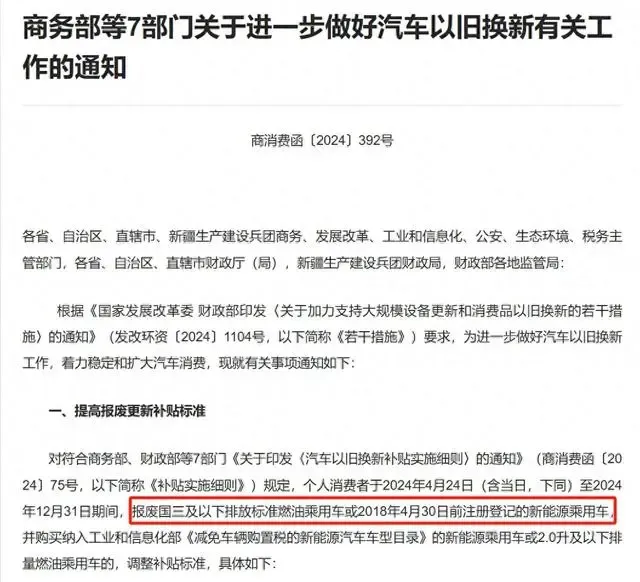
In other words, at the national level, gasoline-powered vehicles older than 13 years and new energy vehicles older than six years are encouraged to be scrapped voluntarily and replaced with new vehicles.
This implies that the service life of new energy vehicles is less than half that of gasoline-powered vehicles, which has sparked widespread discussion.
It should be noted here that the rumor that new energy vehicles will be scrapped after six years is a misinterpretation of the national car scrappage and replacement policy and requires clarification.
Firstly, this policy is merely a recommendation for the timing of vehicle scrappage and does not imply that new energy vehicles older than six years must be mandatorily scrapped.
Additionally, from a chronological perspective, only new energy passenger vehicles registered before April 30, 2018, are encouraged to be scrapped. At first glance, this is only six years ago, but it is important to note that the first large-scale deployment of new energy vehicles in China occurred around 2010. Based on this timeline, the recommended scrappage age for new energy vehicles encouraged by the state has been extended to 14 years.
Furthermore, the current mandatory scrappage standards for new energy and gasoline-powered vehicles in China are the same. Non-commercial new energy or gasoline-powered private vehicles are mandatorily scrapped after reaching a mileage of 600,000 kilometers. Small and micro-commercial vehicles have a scrappage life of 8 years, medium-sized commercial vehicles have a scrappage life of 10 years, large commercial vehicles have a scrappage life of 12 years, and rental passenger vehicles have a scrappage life of 15 years.
Moreover, the introduction of such scrappage recommendations is well-considered.
As we all know, batteries are affected by their material properties, and as their usage time and mileage increase, their lifespan gradually decreases. Even if they are rarely used or left parked, it is difficult to avoid battery degradation.
It is important to note that the level of development of the three-electric system before 2018 was vastly different from today. At that time, the technology of the entire new energy vehicle industry in China was still immature, with varying product quality, short driving ranges, small battery capacities, and high failure rates. Many new energy vehicles were either "oil-to-electric" conversions or aimed at securing national subsidies.
Furthermore, some automakers have gone out of business, leaving a significant lack of support for those vehicle models. As a result, the relatively immature technology and lagging infrastructure construction made early new energy vehicles pose significant safety hazards, making it difficult for them to compare with current mainstream products in terms of performance and safety.
Looking at the current situation, from 800V ultra-high voltage technology to integrated battery chassis technology, various types of blade, brick, and Qilin batteries continue to emerge, and some automakers have even begun to use semi-solid-state batteries.
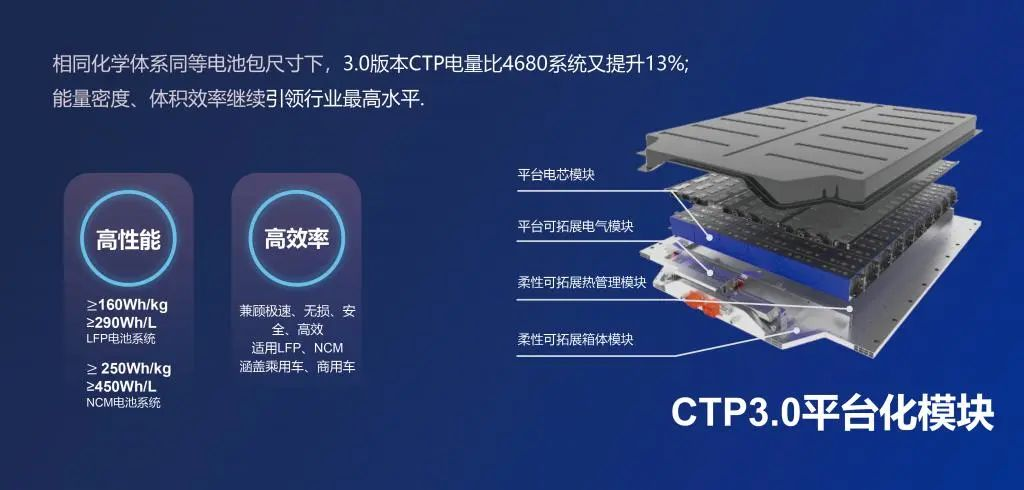
In this light, the new regulations are also aimed at encouraging people to replace models with higher safety hazards with newer, more stable new energy vehicles.
Nevertheless, an undeniable fact is that the current service life of new energy vehicles is indeed much shorter than that of gasoline-powered vehicles.
This is largely related to the rapid development of software technology. Compared to the three-year model change and five-year generational change cycle of traditional gasoline-powered vehicles, new energy vehicles are indeed much faster.
A clear example is the recent launch of the all-new Zeekr 001, which saw three generations in just one year.
Of course, new energy automakers have made considerable efforts to address consumer concerns, such as optimizing charging and discharging through 800V architectures, delaying battery aging, developing new batteries, and extending the retirement age of battery cells. Take Geely's Shendun battery as an example, which can safely travel up to 1 million kilometers, equivalent to 50 years of use based on an average family's annual mileage of 20,000 kilometers.
In addition, most automakers perform OTA updates for older models whenever a new one is launched, ensuring that they remain fresh and up-to-date, and even offer lifetime warranties to guarantee their service life.
With the introduction of exclusive annual inspections for new energy vehicles, their support system will be further enhanced, and it is not inconceivable that the service life of electric vehicles may eventually exceed that of gasoline-powered vehicles in the near future.







